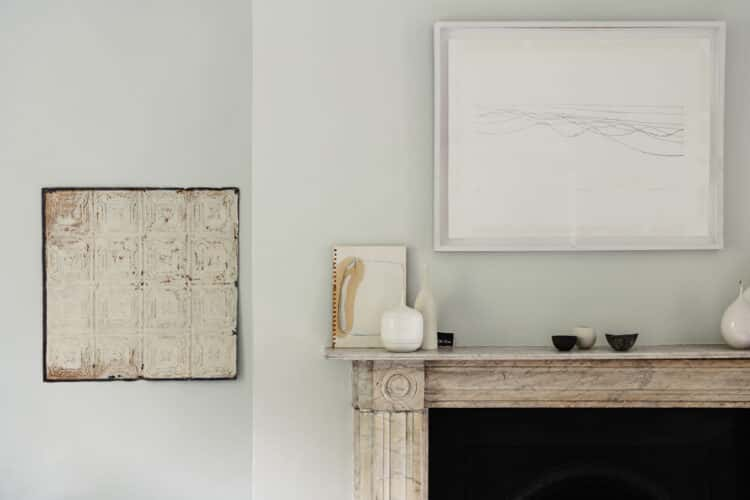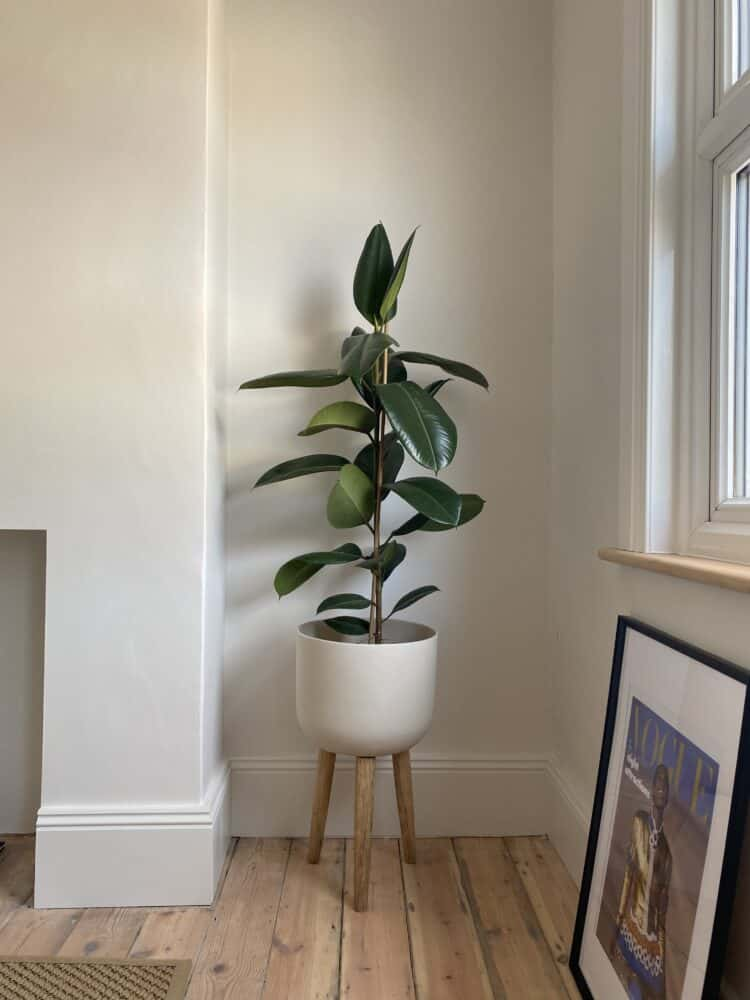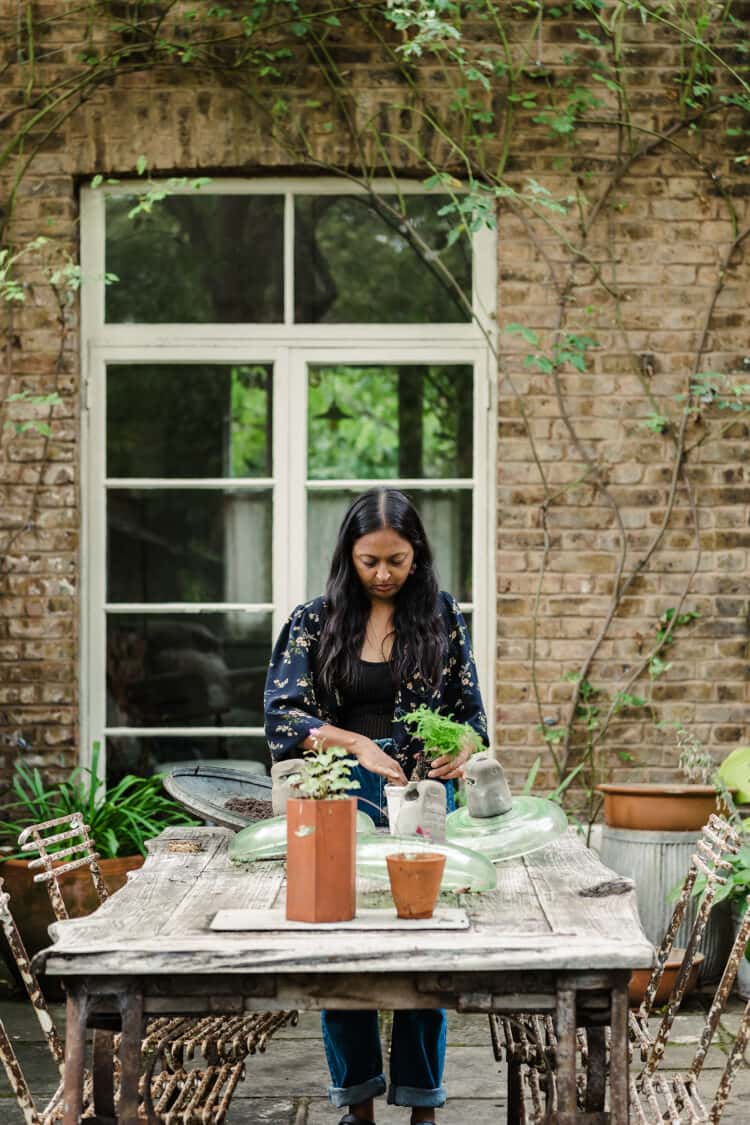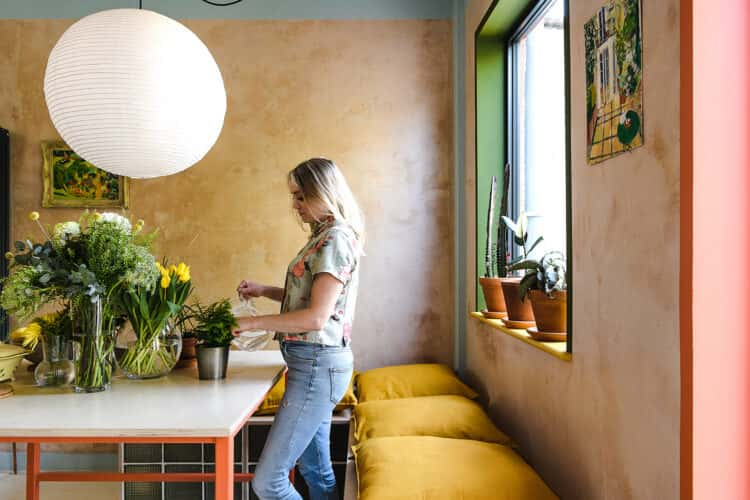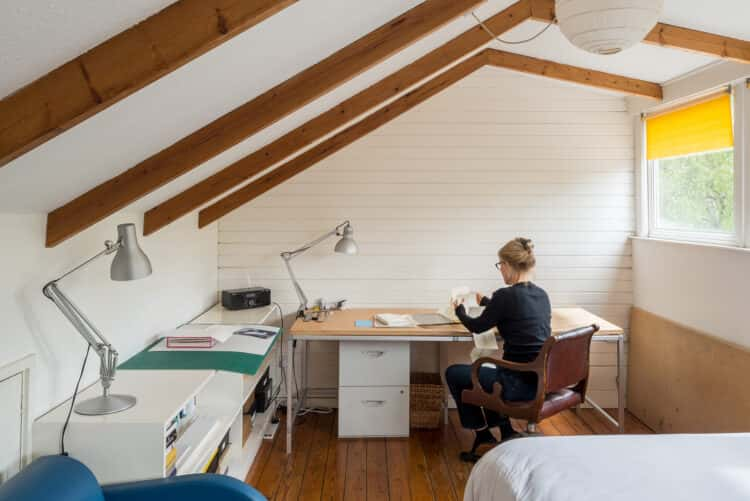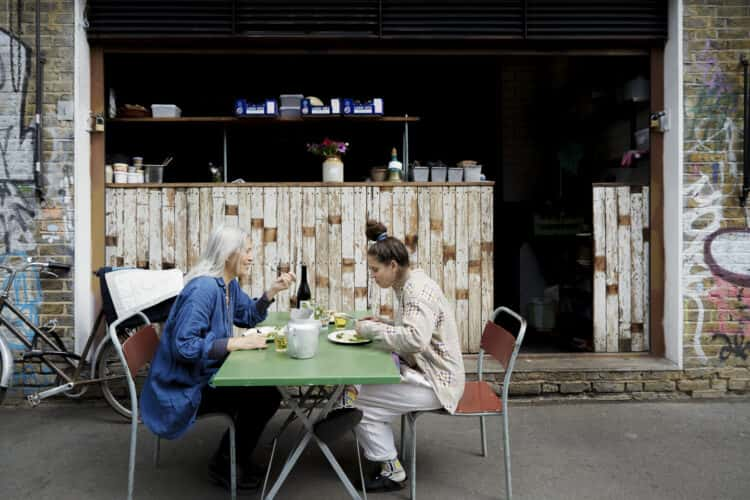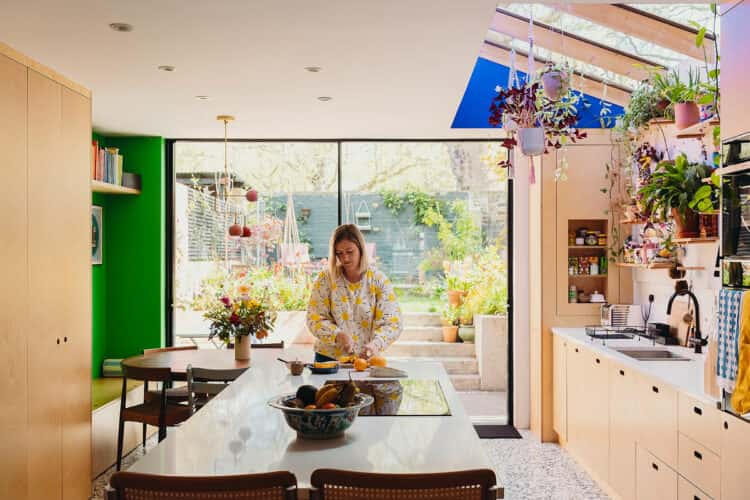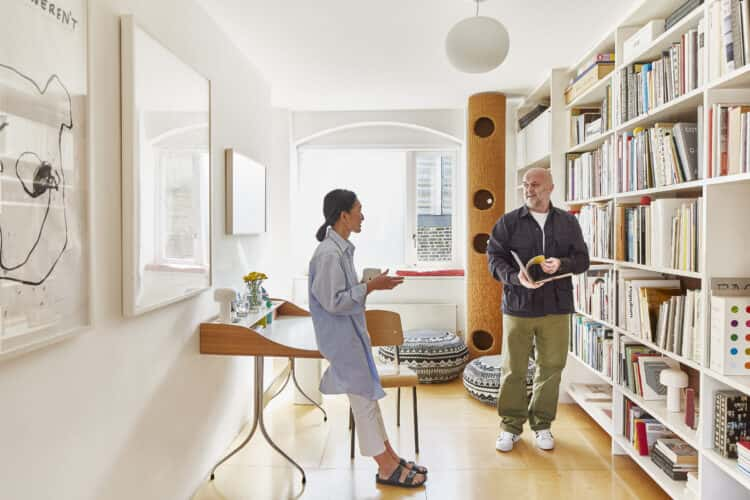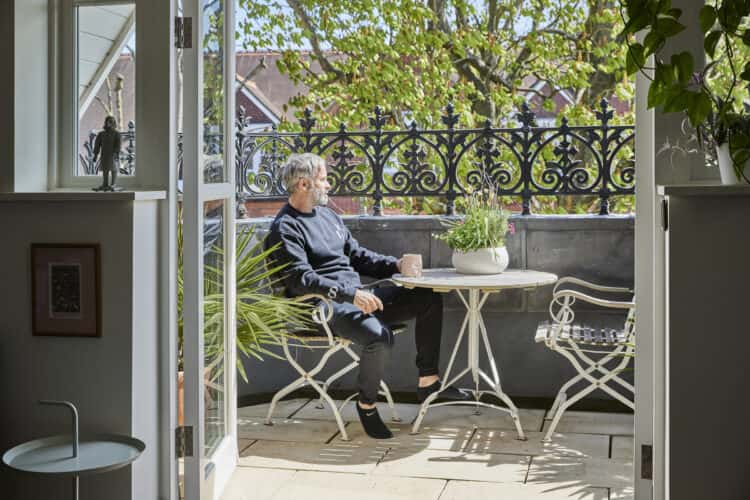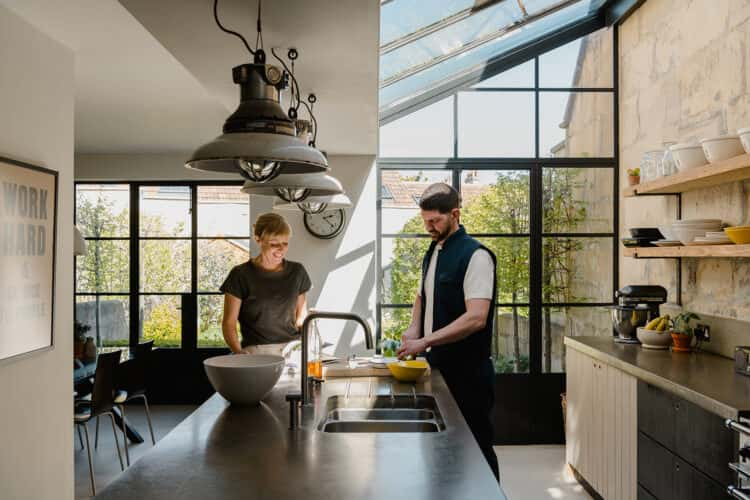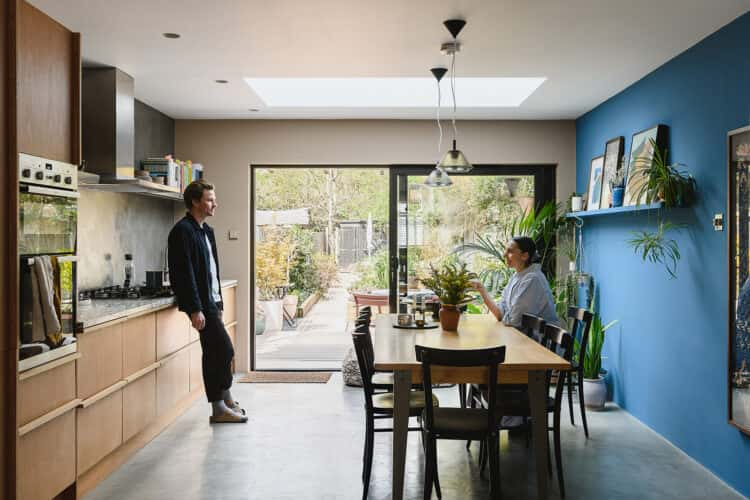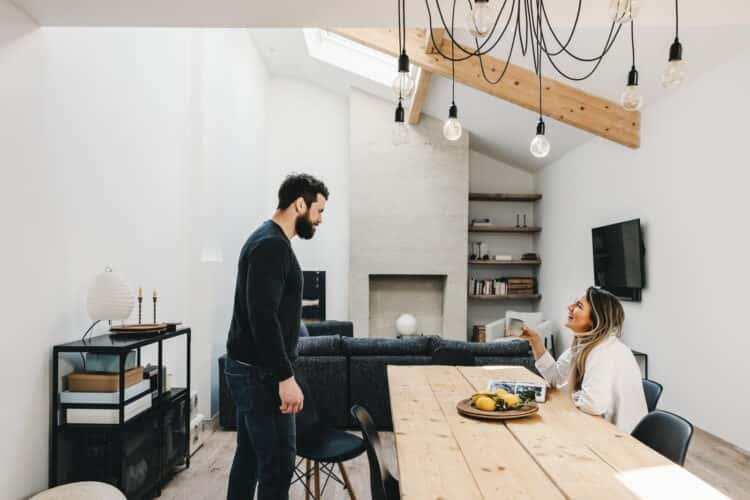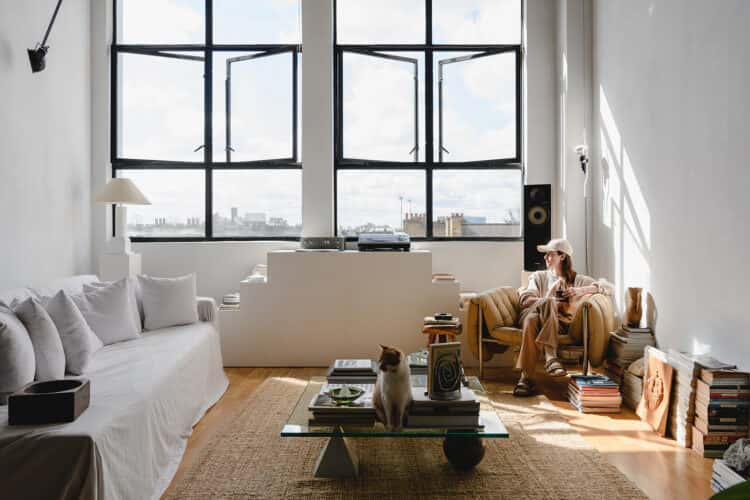My Modern House: at her minimal house in south-east London, radio producer Smita Patel on slowing down, buying less and switching off at home
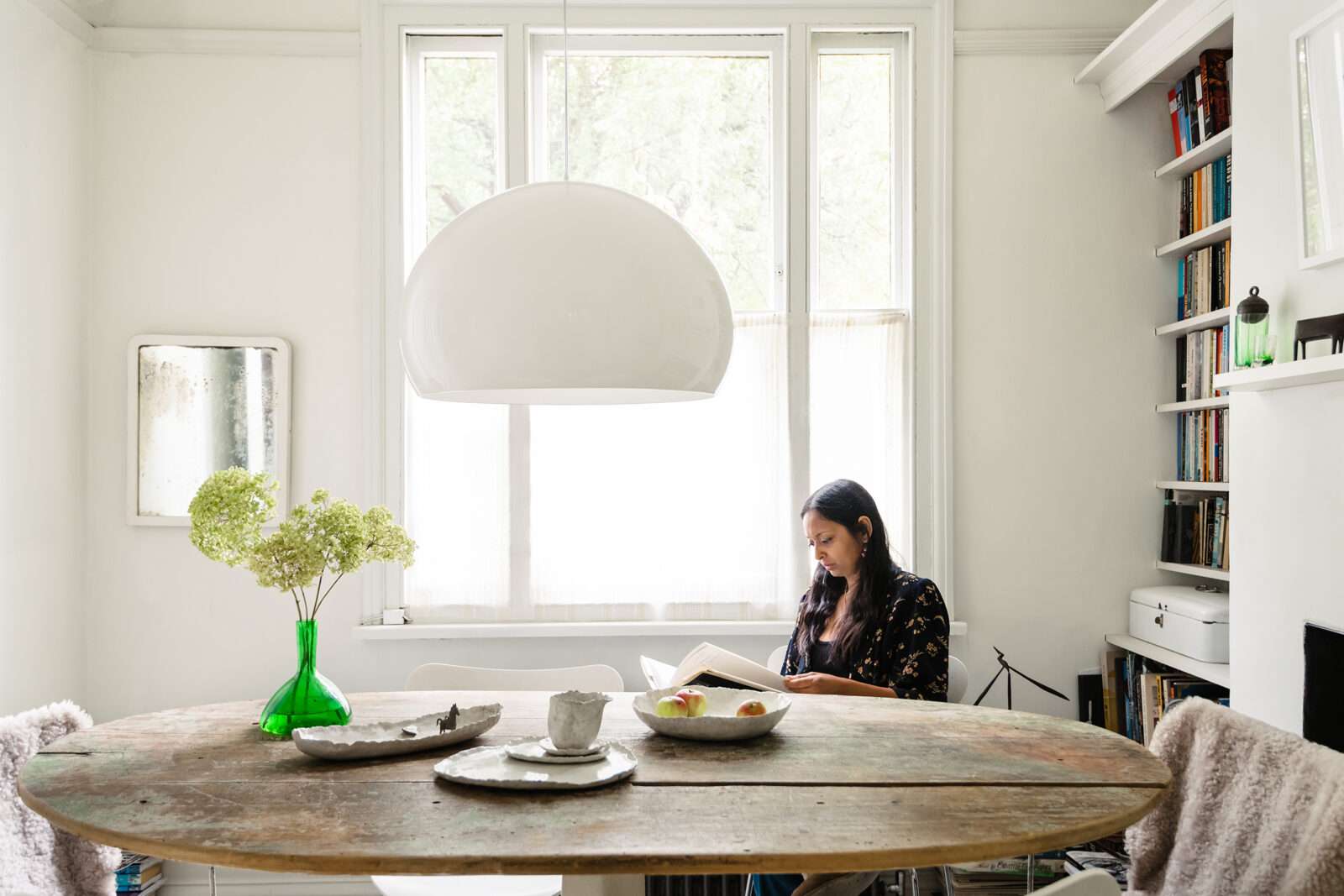
“I’ve worked at BBC Radio for nearly 30 years, making documentaries for Radio 4 and the World Service. It can be an intense, stressful job with normally a lot of travel. I also work in a very big, open-plan office, so, wherever I’ve lived, home for me has always been a place to shut the door to the outside world.
“I need it to be very calm, serene and clutter-free, the latter being the most important, perhaps. I work in a very messy office (nothing like The Modern House’s office!) so home is a way of de-stressing and relaxing after being in that environment all day.
“My work involves being on the phone all day, trying to persuade people to give me interviews. At home, I don’t ever call people. If I want to talk to somebody, I invite them over or I meet them somewhere. Home is a place which I need to be quiet.
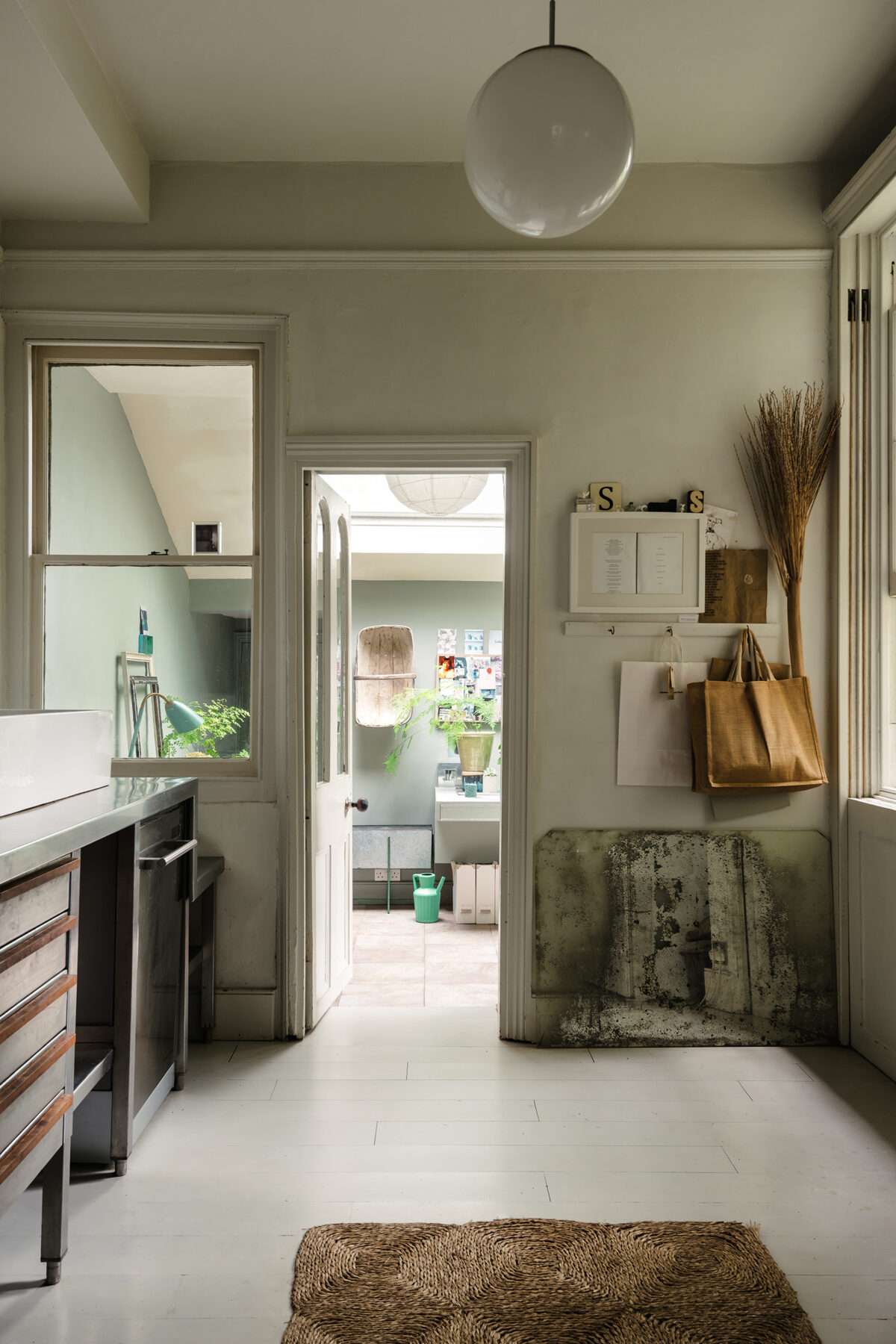
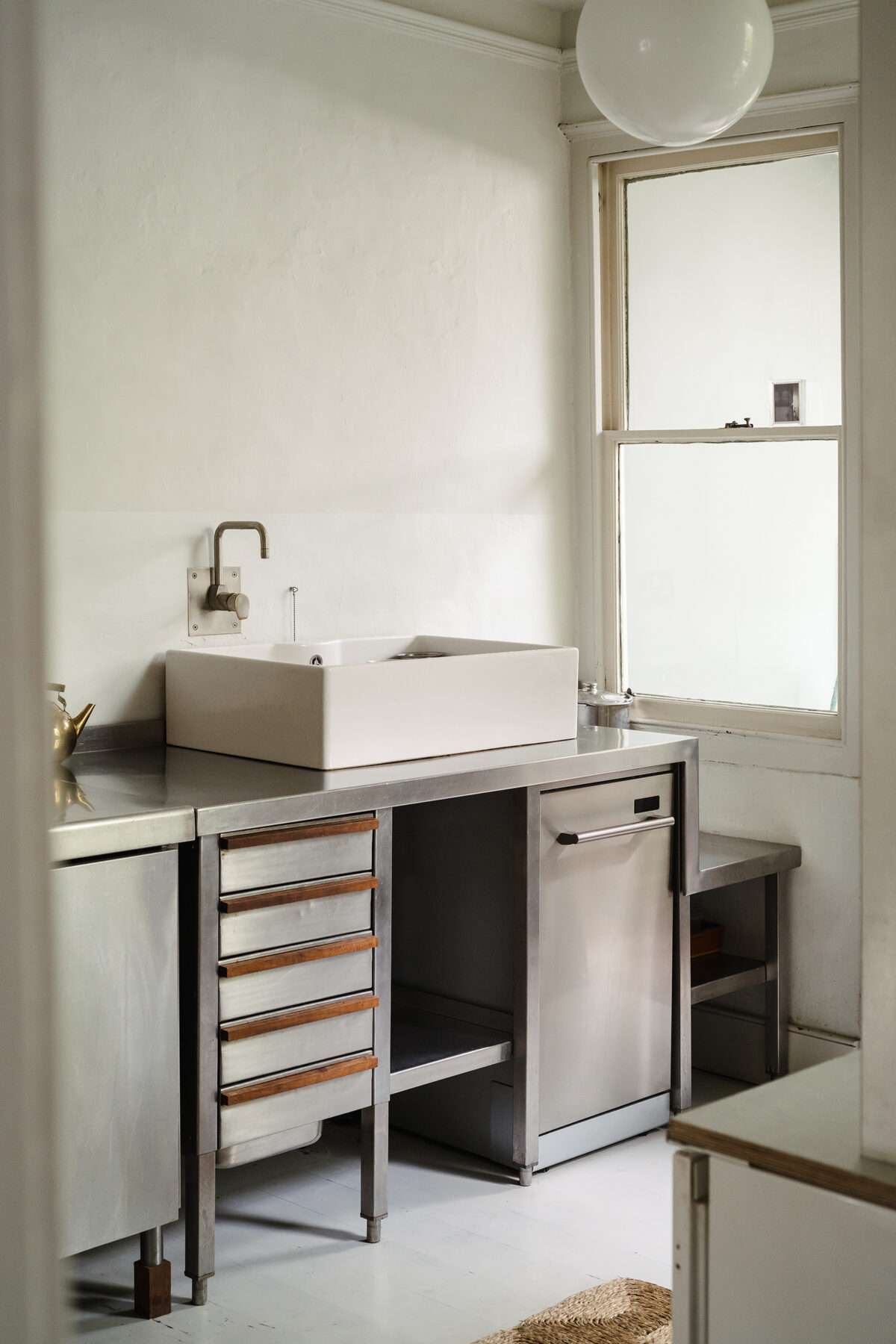
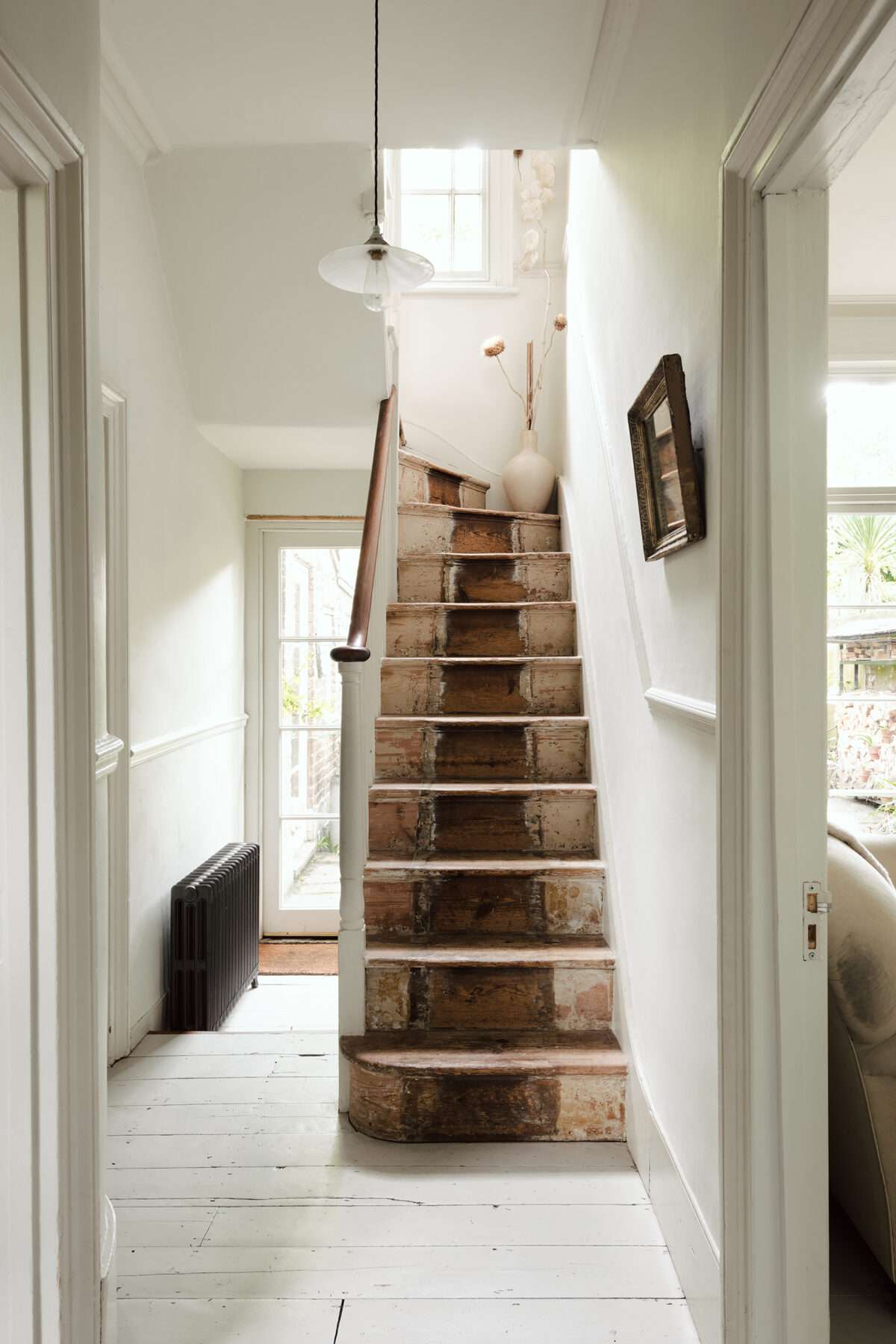
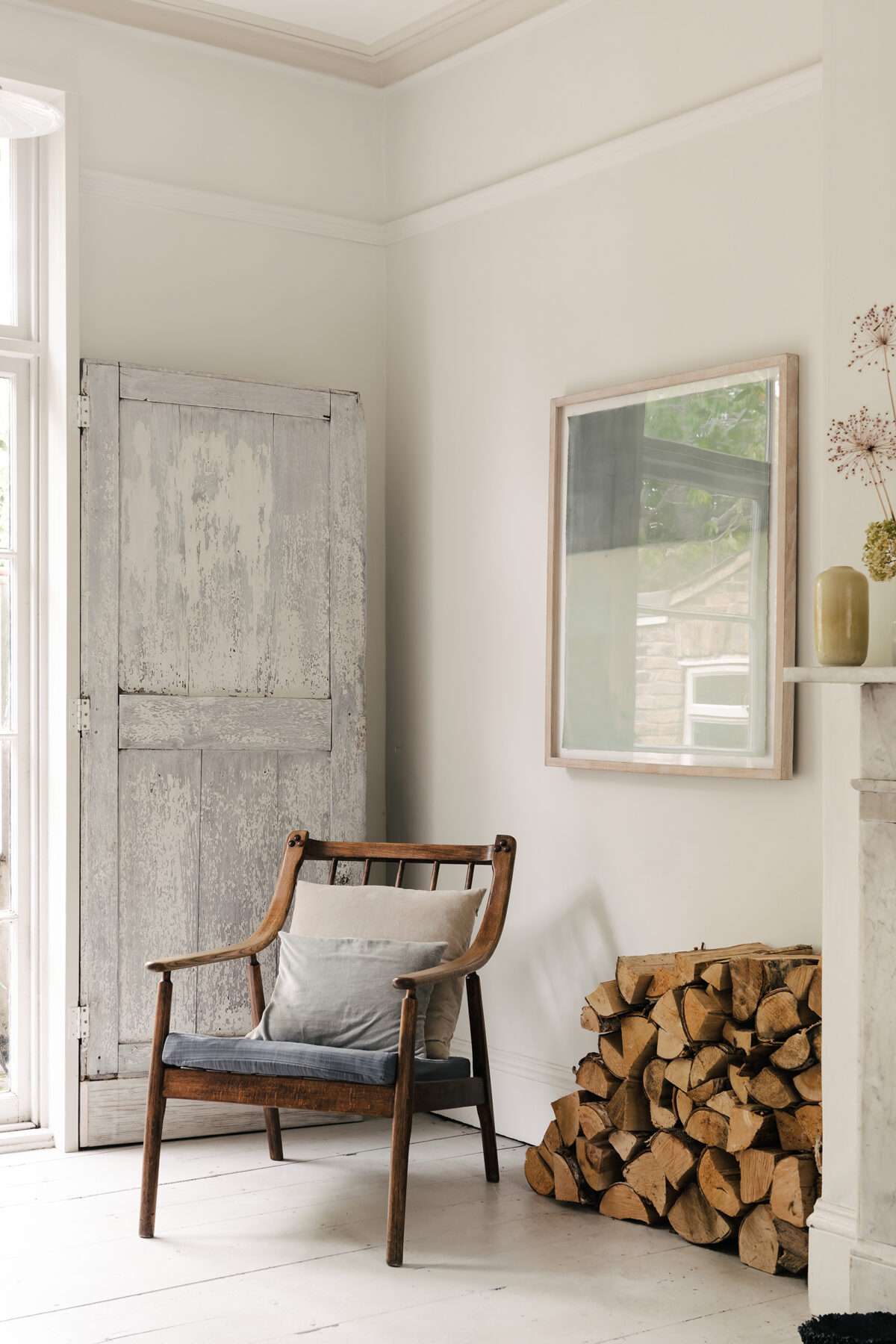
“It’s just how I like it – it means there’s a cut off to the day. During the lockdown, I found it quite hard working at home, not only because it can be difficult to switch off, but also because I’m a sociable person and missed the interactions at the office and having friends over.
“I think we’ve probably all ended up working longer hours because there isn’t a cut off anymore, but it’s less stressful because we don’t have to commute and you can pop into the garden for 10 minutes, or take a walk if you need to.
“I was talking to a psychologist recently about how to work from home and she said the key thing is to shut off all your devices and put them away in a cupboard when you’re done for the day so you don’t see them. So, now when I finish at 7pm I put my computer away in a box because, that way, I can try to forget about work.
“She also said it’s key to pick one place to work from, and don’t move around. Because we all have laptops now, it’s tempting to move around the house, but it’s better for you mentally if you don’t let your work spill over into all areas of your home. I work at my dining room table and keep it to that.
“I grew up in a very cluttered house in which my mum used every surface for knickknacks; there were swirly-patterned carpets and Artex on the walls. All the original features were taken out, and plastic was put in.

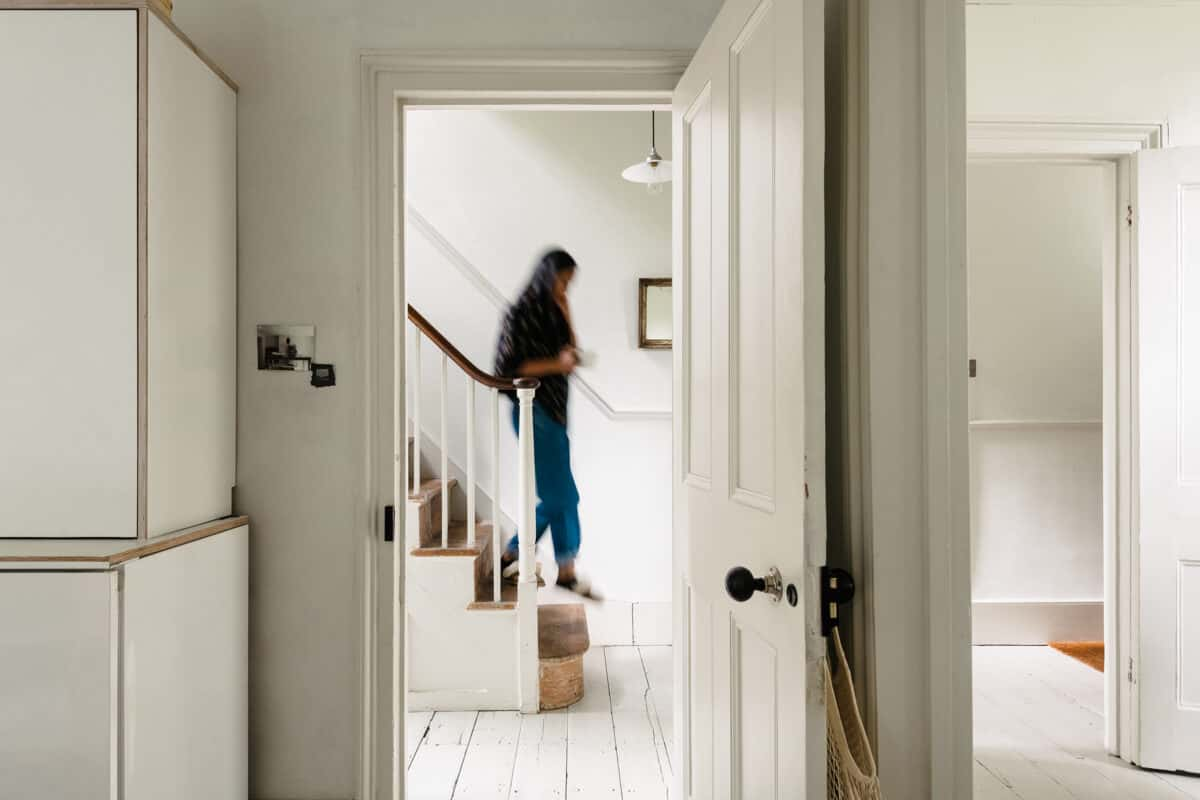
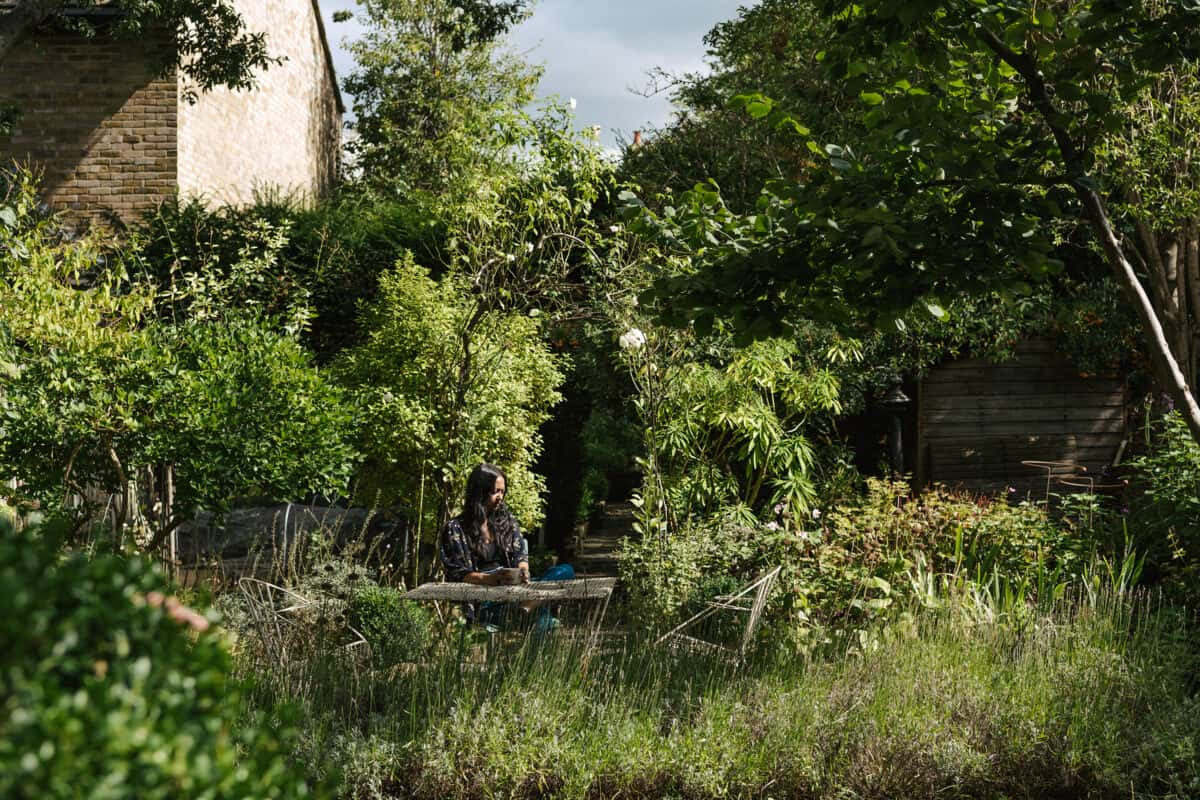
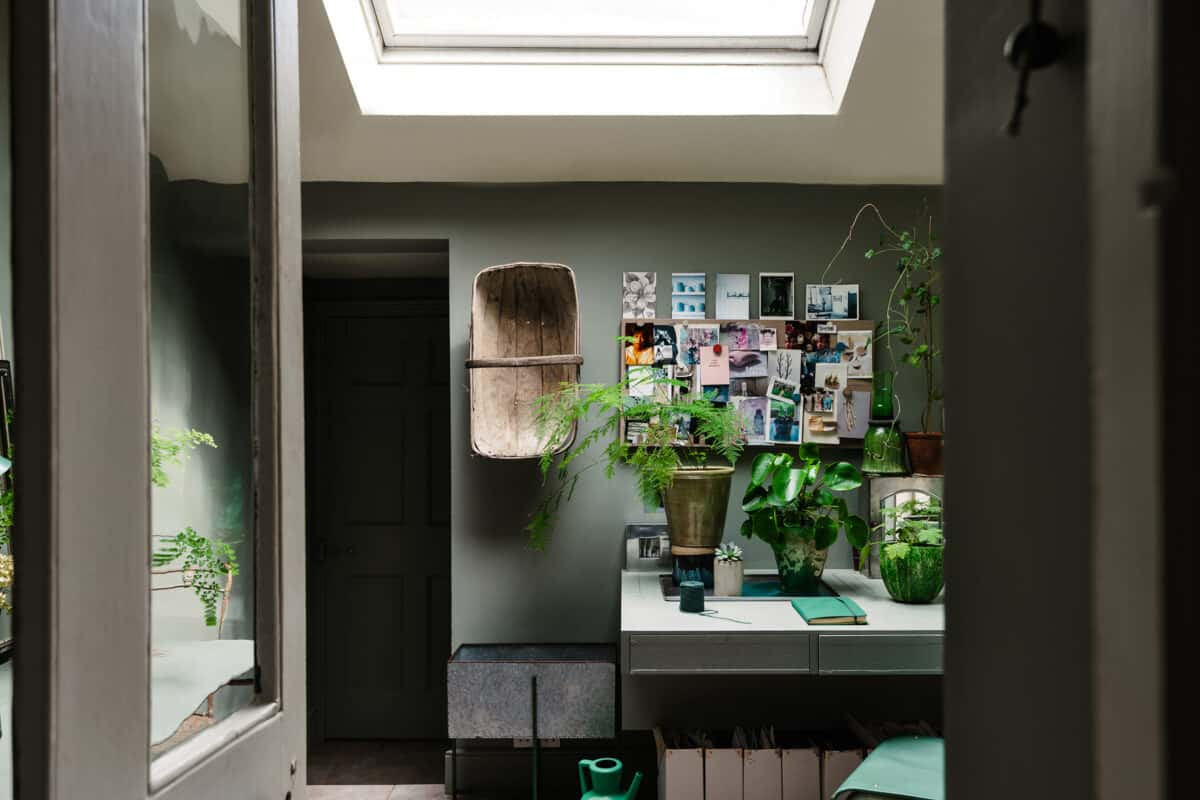
“That was in East Ham, east London, and my mum still lives in that house. I feel claustrophobic when I go there now because every surface is given over to stuff, and the aesthetic is not mine at all. I’m sure this led to my love of minimalism and living with less.
“From a very young age, though, I’ve been very different. Even when I was a student renting a room in a house, my friends would come in and go, “Smita, there’s nothing in your room.” I’d have a shelf, and it would be beautifully curated with just a few nice things and my books neatly stacked on the floor, whereas their rooms would be full with all sorts of things.
“As I have grown older my interiors have simplified even more and now at home, I find that I have to have off-white as my base, so painted floorboards and chalky white walls to make the space look bigger. Then I add colour with objects and art.
“I don’t have much plastic in my house at all. The materials I have used are mostly raw wood, stainless steel and natural fibres. My kitchen is recycled stainless steel cabinets and cost less than £200, which I like as it’s a material you’ll find in most traditional Indian kitchens, so it’s nice to reinvent that for my own aesthetic.
“I love cooking and tend to have friends over at the weekend, either a late lunch or early supper. And normally it’s for about six people, not just a few, so it’s quite involved. I’m quite an organised cook, and I’ll always do the menu in advance.
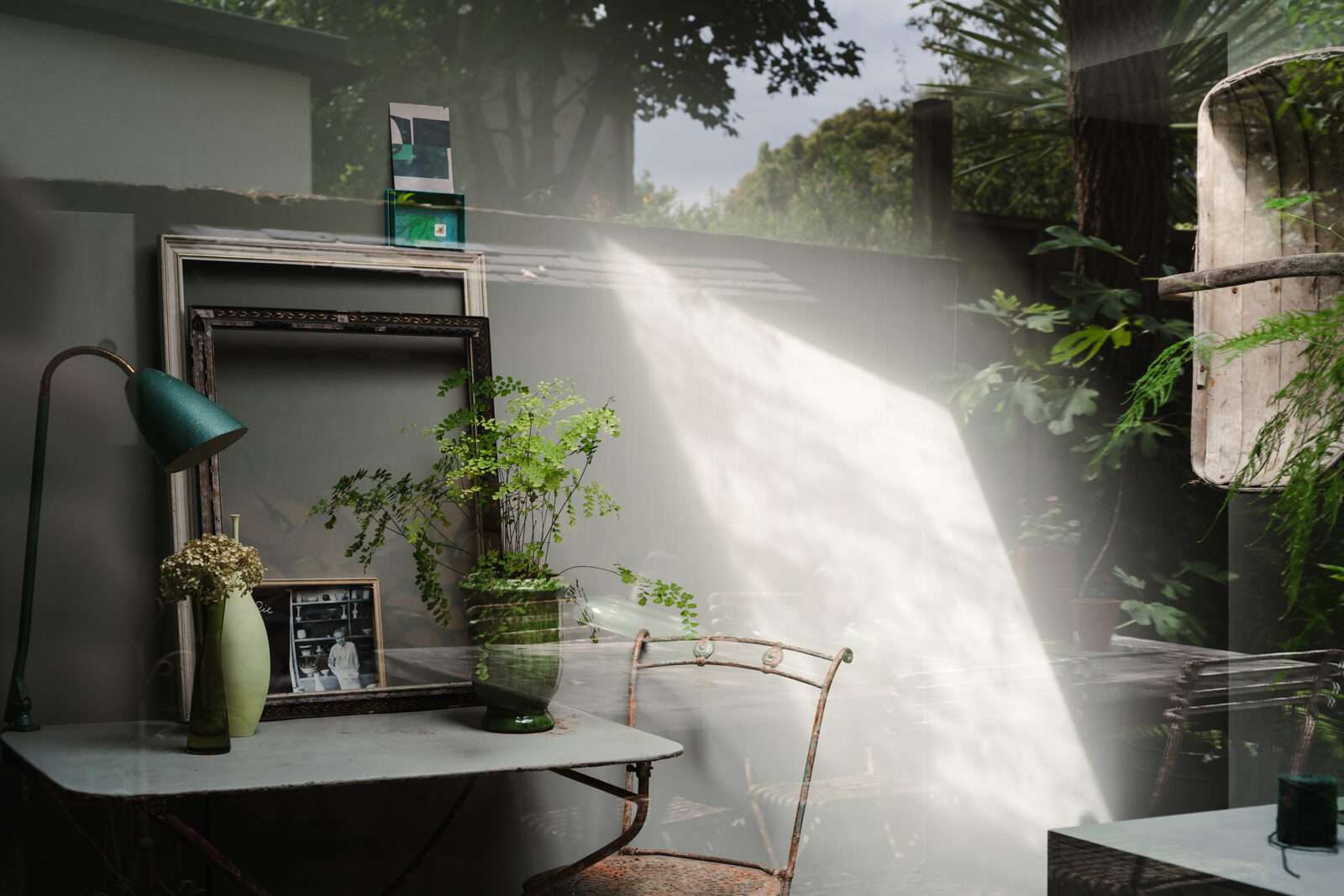
“I like the whole process from inviting people, writing a list, going shopping, preparing the food and then eating. I’ve never done an online shop in my life, and I like the slow journey of going to local shops or market for the food I need for cooking.
“I’m very minimalist in terms of what I use – I don’t like lots of gadgets. The only kitchen gadgets I have – being an Indian cook – is a tiny Magimix for grinding spices and a soup blender (essential for my dhal making!). People can’t believe it when I cook for so many people, but I like the ritual of slow cooking just as my grandmother would’ve done, and my mum does it too.
“Whatever I buy for my home has to be functional – especially kitchenware – but also beautiful. I have a problem with throwing stuff in landfill, but I find if something’s stunningly designed, it’s always easy to either sell or giveaway, which is mostly what I do – either leaving things outside the house for people to take or passing onto friends.
“I rarely ever buy new things – most of what I have comes from flea markets, second-hand shops or charity shops. The exception is ceramics, which I love collecting. Most are functional too, like the plates, bowls and servers made by potter Tomoko Abu, I use them almost every day. If they break, they’re expensive, but then that’s just life. You can always glue them back together.
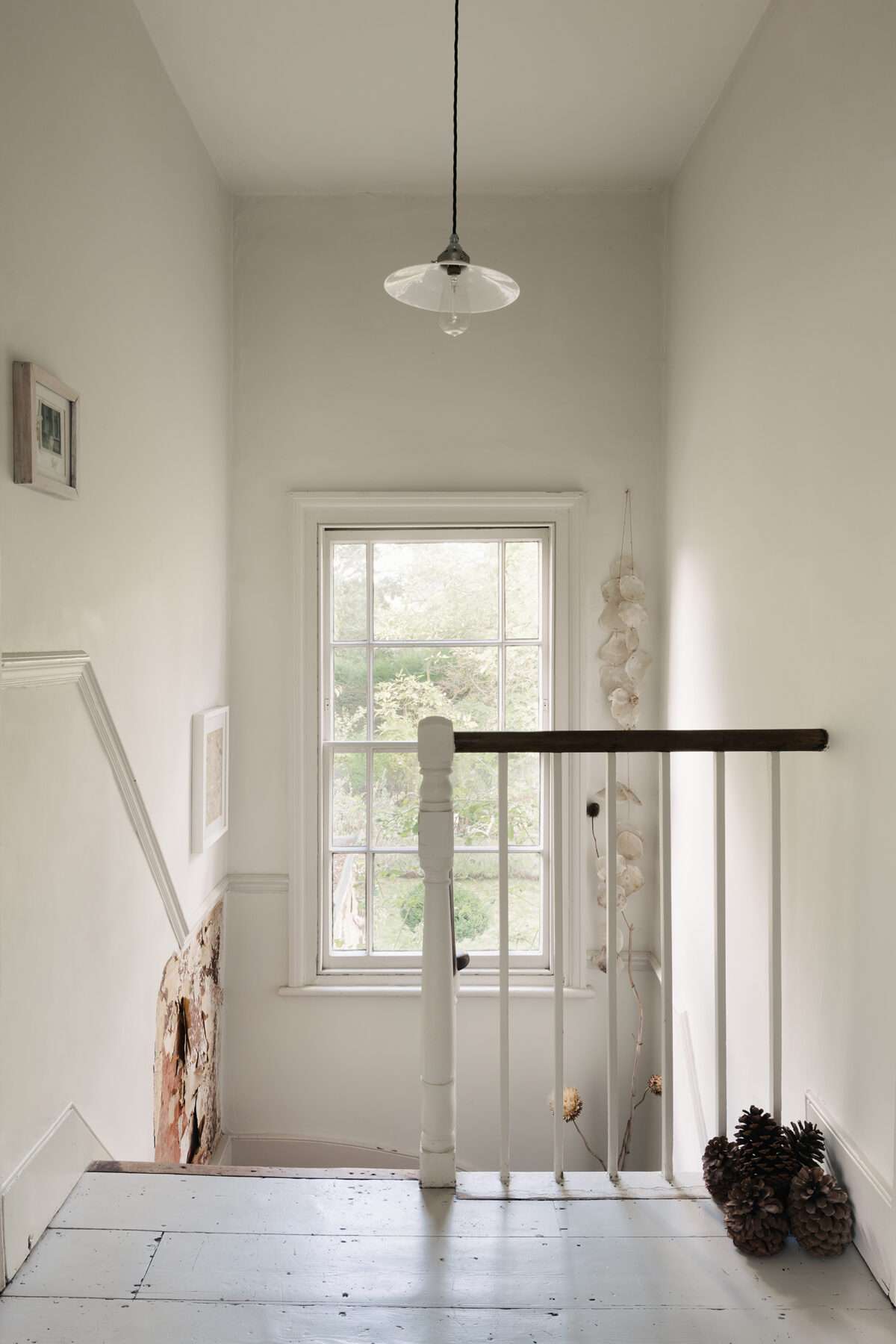
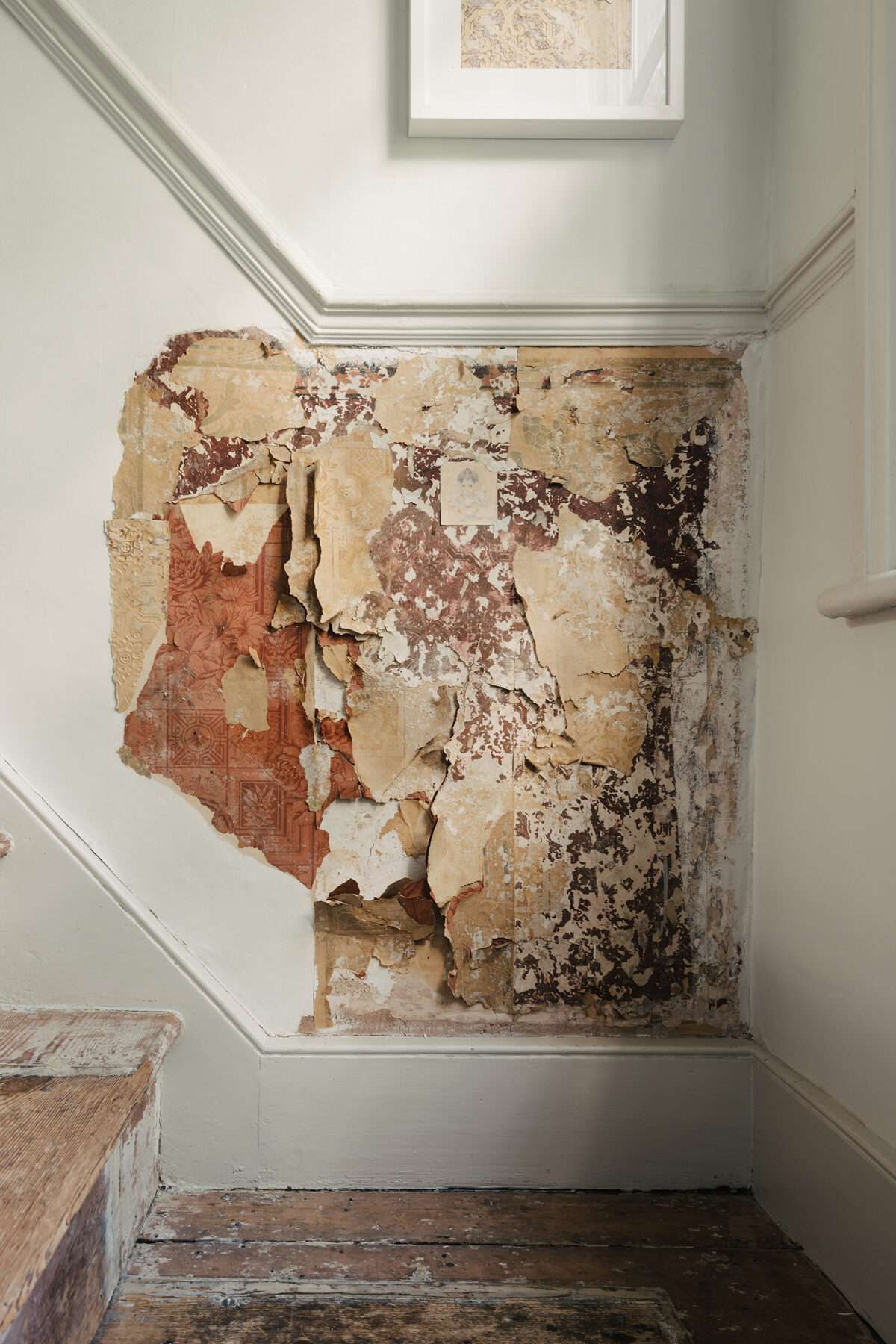
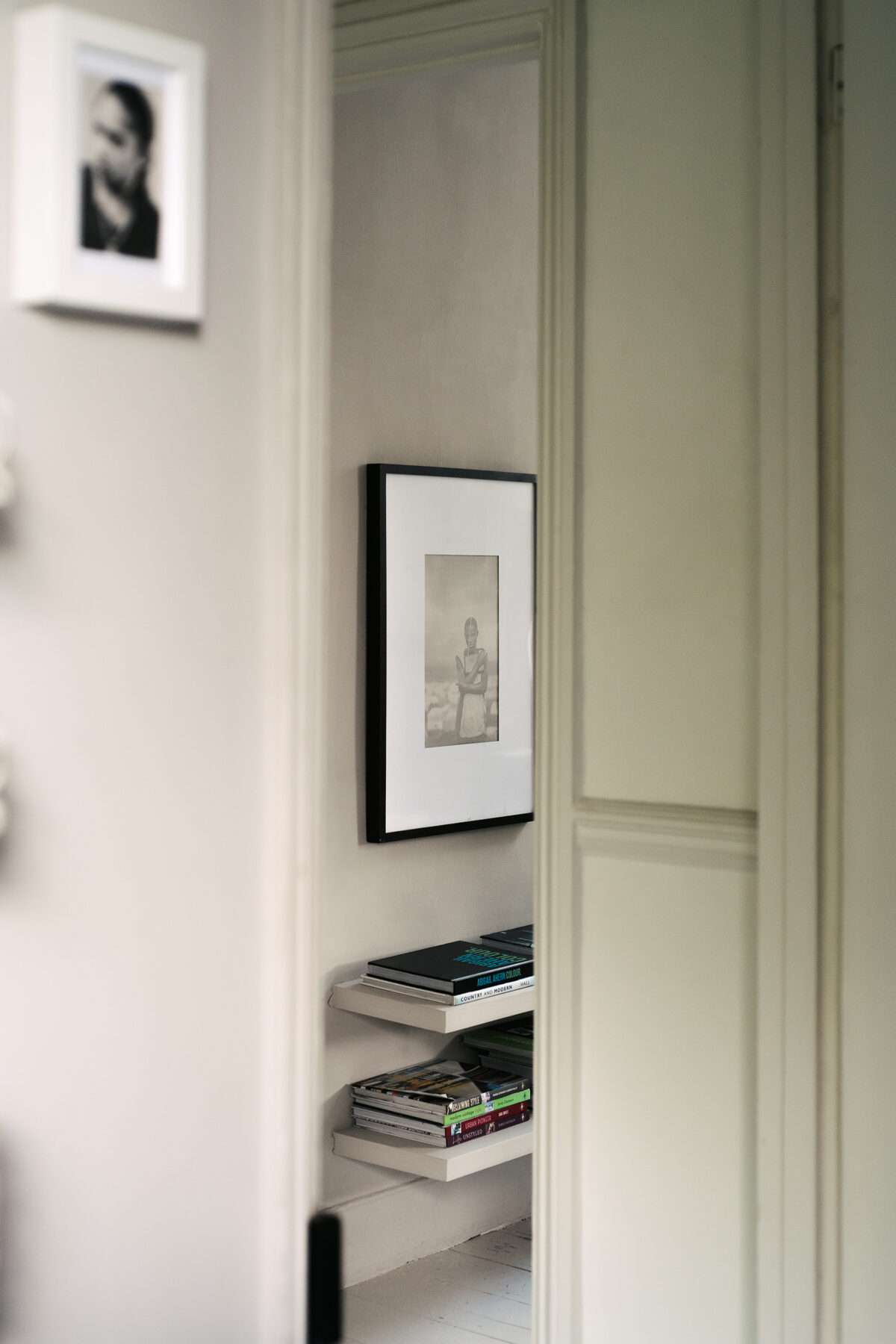
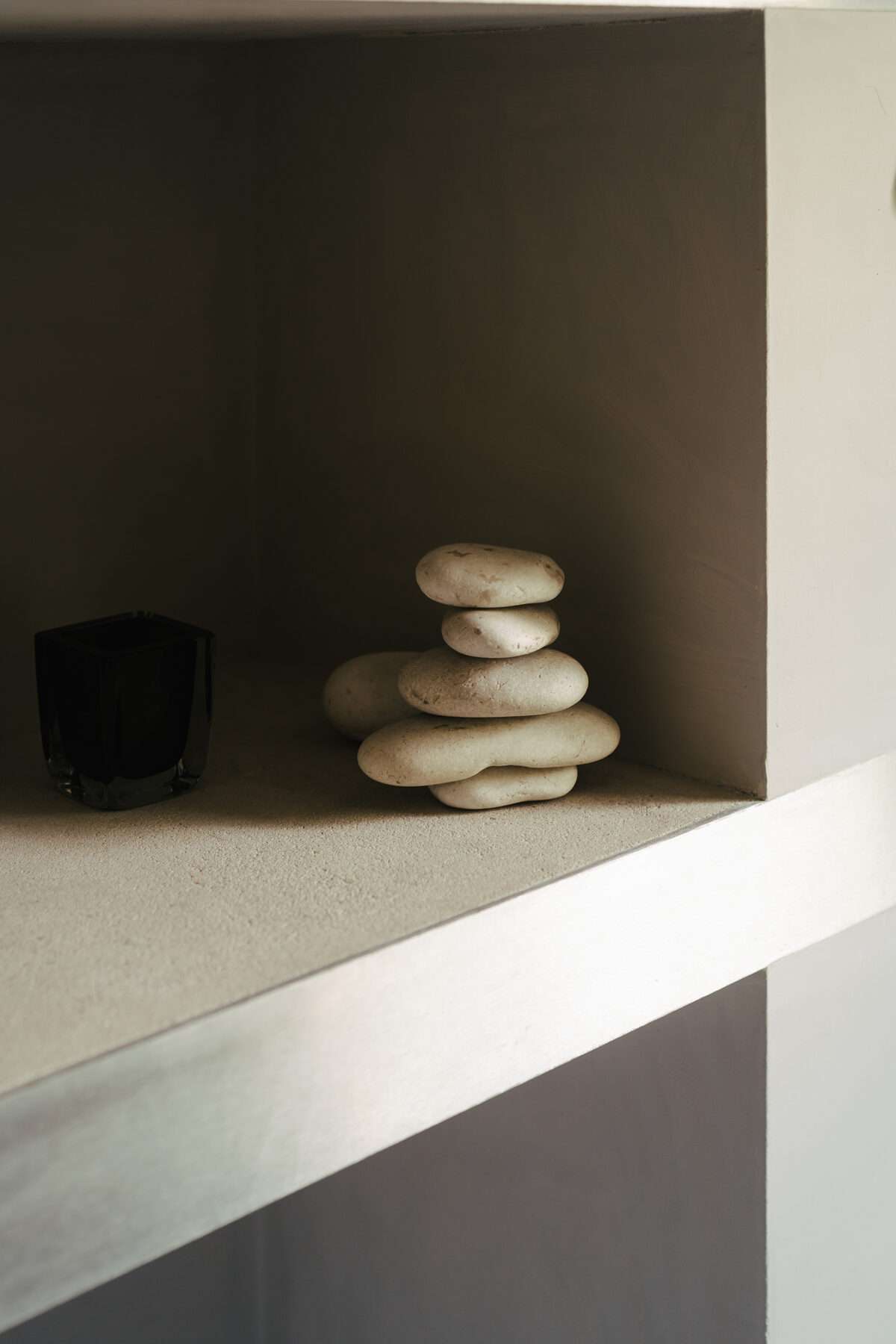
“I think the house is full now, so I have a policy that I only buy stuff that I really need. Mostly I find that I’m buying for the garden these days.
“My garden is 200-foot by 40-foot at the back, and split into five sections. I’ve made each one into a ‘room’ with seating areas. The sun starts on the patio near the house, and then moves all the way down the garden throughout the day. I’ve been slowly working on the different rooms, simplifying things, making it a bit more formal and putting in about 400 new plants.
“I’m hoping to build a one-bedroom, black timber cabin at the bottom of the garden, designed by architect Matthew Giles, who’s a friend of mine. I’m hoping to retire in a few years, so I could rent it out or live in it while I rent out this house. The design and interior will be even more minimal than how I live now but surrounded by trees and plants.”
Smita, how do you define modern living?“Being able to live in a more simple and quiet way.”
Is there a home for sale on The Modern House website that has caught your eye?“The last two homes belonging to Faye Toogood (and Matt Gibberd!), especially the recent Winchester flat – I love the marrying of old and new. The bones of an old Victorian house updated with the simplicity of pared back traditional features alongside vintage and new pieces is something I love.”
Smita’s four part series, The Money Clinic, on BBC Radio 4 is available to listen to now.
